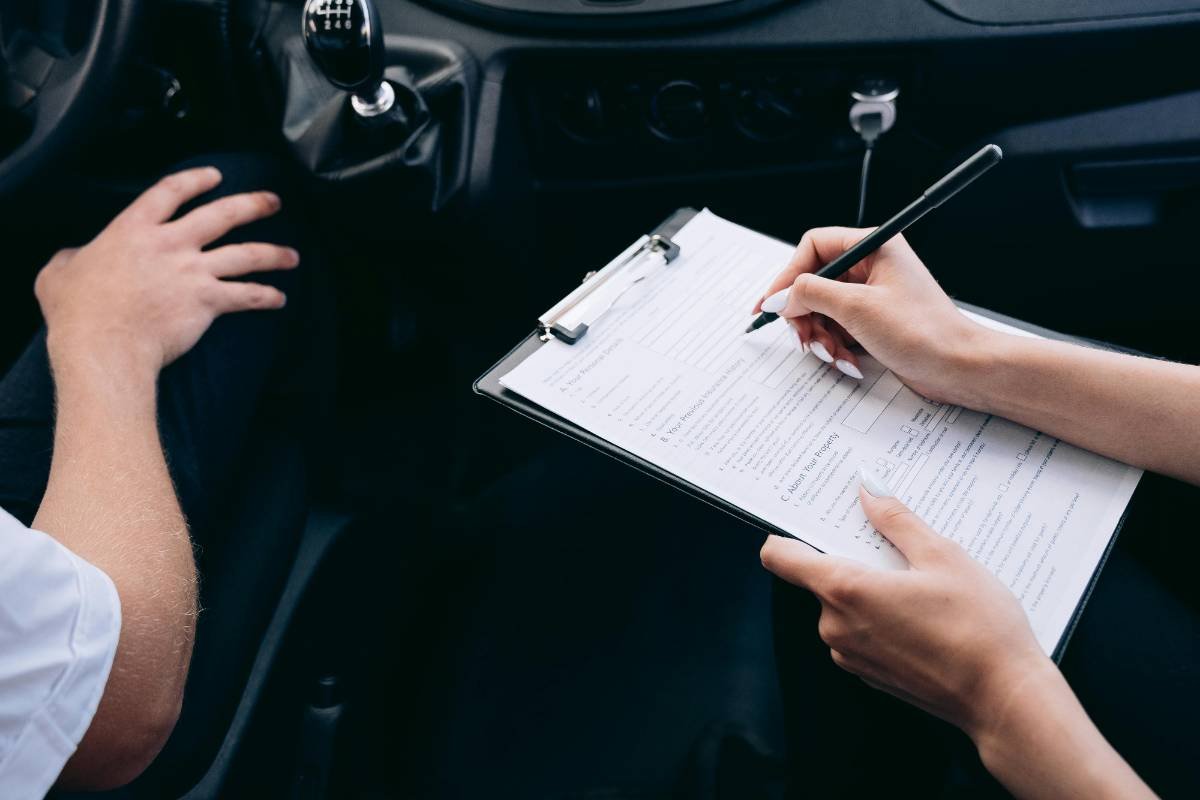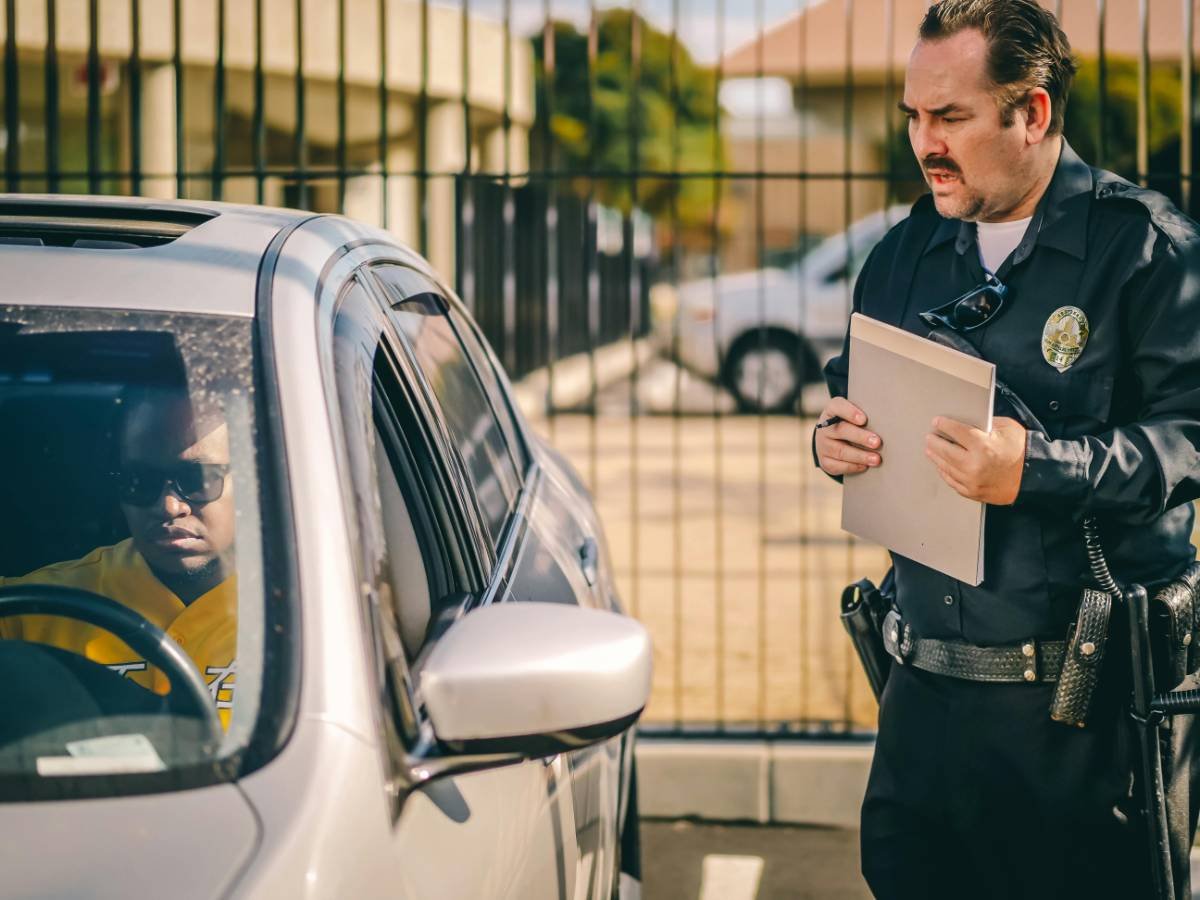
Types of Car Insurance Coverage Every Driver Should Know
Car insurance is one of the most important aspects of responsible vehicle ownership, offering essential protection against financial loss in case of accidents, theft, or vehicle damage. It is mandatory in most states, and having adequate car insurance coverage can be the difference between financial stability and financial devastation. However, many drivers are unaware of the different types of car insurance coverage available to them. Understanding the basics of these coverages and knowing which ones best suit your needs is crucial to ensuring that you're adequately protected.
In the United States, car insurance policies typically consist of various coverage types, each designed to protect you in different scenarios. Whether you're involved in a car crash, your car is stolen, or a natural disaster strikes, the right insurance can save you from significant out-of-pocket expenses. Below, we break down the key types of car insurance coverage every driver should know.
Liability Coverage
Liability insurance is the most basic and mandatory form of car insurance coverage in most states. This coverage is required by law in all states except New Hampshire, and it protects you financially if you're at fault in an accident. There are two main components of liability coverage: bodily injury liability and property damage liability. These components work together to cover the costs associated with accidents you cause. Bodily injury liability covers the medical expenses of others involved in the accident, while property damage liability pays for the damage to another person's vehicle or property.
Liability insurance does not cover your own injuries or property damage. It's designed specifically to protect the other party involved in an accident in which you're at fault. For example, if you cause a car accident that injures another driver or damages their property, liability insurance will help cover the costs of their medical treatment and repair expenses. This type of coverage is typically required to be a minimum amount in most states, but many drivers choose to purchase higher coverage limits for additional protection.
While liability insurance is mandatory, it is important to note that the minimum required coverage might not be enough to cover all costs in the event of a severe accident. In such cases, you might be held personally responsible for the excess costs, which could lead to significant financial burden. For this reason, it's often advisable to purchase higher liability limits than the state's minimum requirements.
Collision Coverage
Collision coverage is an optional type of insurance that covers damages to your vehicle in the event of a crash, regardless of who is at fault. Unlike liability coverage, which only covers the other party’s damages when you're at fault, collision coverage helps you pay for repairs or replacement of your own vehicle if you’re involved in a crash. This type of coverage is highly recommended for drivers with new or expensive cars, as the repair costs for newer vehicles can be quite high.
Collision coverage pays for damages caused by any type of collision, whether it's with another vehicle, a stationary object, or a road hazard. For example, if you crash into a tree, a fence, or another vehicle, collision insurance will cover the cost of repairs to your car. If the cost of repairs exceeds the value of your car, collision coverage can also provide a payout to replace your car.
However, collision coverage comes with a deductible, which is the amount you need to pay out of pocket before the insurance company steps in to cover the rest of the repair costs. The deductible amount can vary depending on your policy, but higher deductibles typically result in lower premiums. If you have an older car with a low market value, it might not be worth getting collision coverage, as the cost of the insurance may outweigh the value of the vehicle.
Comprehensive Coverage
Comprehensive coverage is another optional form of insurance that covers damage to your vehicle caused by non-collision incidents. This type of insurance protects you from events that are not related to a car crash, such as theft, vandalism, natural disasters, or animal collisions. For example, if your car is damaged by a hailstorm, stolen, or involved in an accident with a deer, comprehensive coverage will cover the costs of repairs or replacement.
Comprehensive coverage is particularly useful for those who live in areas with a higher risk of natural disasters, theft, or other non-collision accidents. It can also help protect your vehicle if you have a car loan or lease, as lenders often require this coverage to protect their investment. However, like collision coverage, comprehensive insurance comes with a deductible. If the cost of repairing or replacing your car is less than the deductible, you may not be able to make a claim.
You might also like
1. Top Providers Offering Affordable Home Insurance2. How to Start an Insurance Agency in the United States3. The Role of Government Programs in Affordable Insurance4. The Role of the Affordable Care Act in U.S. Health InsuranceOne thing to note about comprehensive coverage is that it generally does not cover damages caused by a collision, even if it involves an animal. For that, you would need to rely on your collision coverage. If you want protection from both collision and non-collision events, it's often best to have both collision and comprehensive insurance as part of your policy.

Personal Injury Protection (PIP)
Personal Injury Protection, or PIP, is an additional type of car insurance coverage that helps cover medical expenses for you and your passengers, regardless of who is at fault in the accident. PIP coverage is required in some states, while in others, it’s available as an optional addition to your policy. The main benefit of PIP is that it pays for medical treatment, lost wages, and other costs related to the accident without needing to establish fault.
In the aftermath of a car crash, medical bills can pile up quickly, even if your injuries are relatively minor. PIP helps cover medical expenses such as hospital bills, doctor visits, prescription drugs, and rehabilitation. It can also provide compensation for lost wages if you are unable to work due to injuries sustained in the accident. This coverage is particularly beneficial for individuals who may not have health insurance or have limited coverage.
While PIP is a valuable addition to any car insurance policy, it is important to understand that the coverage limits may vary depending on the state and your policy. In some states, PIP may be limited to specific medical expenses, while in others, it may cover a broader range of costs, including funeral expenses and childcare services. If you live in a state that does not require PIP, it may still be a good idea to consider adding it to your policy for additional protection.
Uninsured/Underinsured Motorist Coverage
Uninsured/Underinsured Motorist (UM/UIM) coverage protects you in the event that you’re involved in an accident with a driver who doesn’t have insurance or doesn’t have enough insurance to cover your damages. UM/UIM coverage is often included in car insurance policies, but it is optional in many states. However, it is highly recommended, as you never know when you might encounter a driver who lacks sufficient coverage.
In the case of a hit-and-run accident or an accident involving an uninsured driver, UM/UIM coverage can help cover medical expenses, vehicle repairs, and other related costs. This type of coverage also extends to situations where you are struck by a vehicle while walking or biking, providing protection in scenarios beyond just driving.
While UM/UIM coverage can be invaluable, it's important to remember that the limits of this coverage will vary depending on your policy. In many states, the coverage limits for UM/UIM may be lower than the limits for other types of insurance, so you may want to consider increasing those limits if you want maximum protection.
Conclusion
Car insurance is an essential safeguard for drivers, offering protection from financial hardship in the event of an accident or damage to your vehicle. By understanding the various types of coverage available and selecting the right combination for your needs, you can ensure that you're adequately protected on the road. Liability coverage, collision coverage, comprehensive coverage, PIP, and UM/UIM coverage each serve a unique purpose, and together, they can provide a well-rounded insurance policy that helps protect both you and your vehicle in a variety of situations. Remember to review your policy regularly and consult with your insurance provider to make sure you're getting the best possible coverage for your needs.
About the author
Ethan Harris is a seasoned finance writer with over 8 years of experience helping millennials and Gen Z take control of their money. With a background in economics and a passion for demystifying complex financial concepts, Ananya shares actionable tips on budgeting, investing, and building long-term wealth. Her mission is to make financial literacy accessible, relatable, and empowering — no jargon, just smart money moves.


